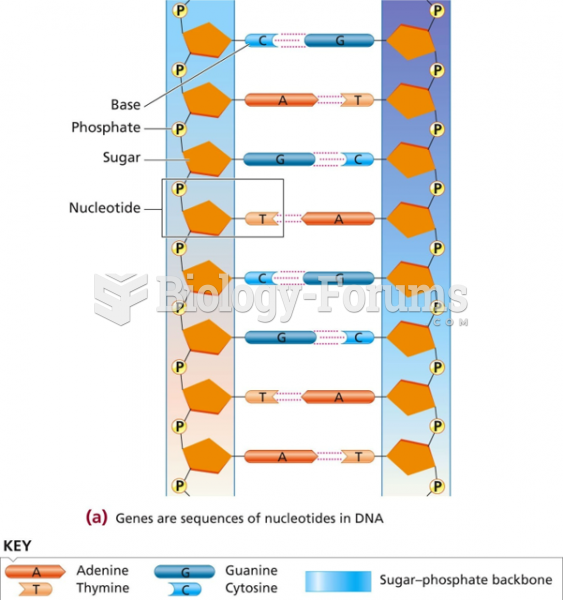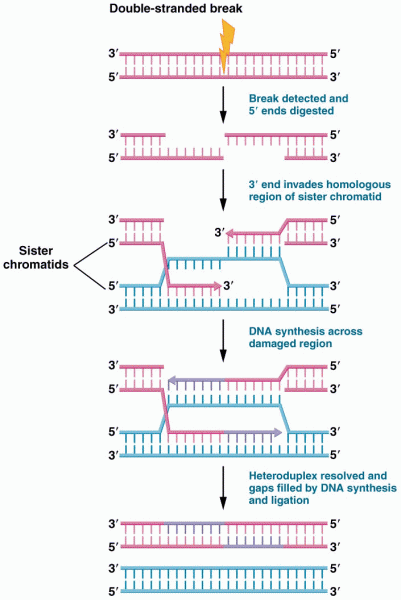|
|
|
The horizontal fraction bar was introduced by the Arabs.
In inpatient settings, adverse drug events account for an estimated one in three of all hospital adverse events. They affect approximately 2 million hospital stays every year, and prolong hospital stays by between one and five days.
For about 100 years, scientists thought that peptic ulcers were caused by stress, spicy food, and alcohol. Later, researchers added stomach acid to the list of causes and began treating ulcers with antacids. Now it is known that peptic ulcers are predominantly caused by Helicobacter pylori, a spiral-shaped bacterium that normally exist in the stomach.
In the United States, an estimated 50 million unnecessary antibiotics are prescribed for viral respiratory infections.
Cancer has been around as long as humankind, but only in the second half of the twentieth century did the number of cancer cases explode.







